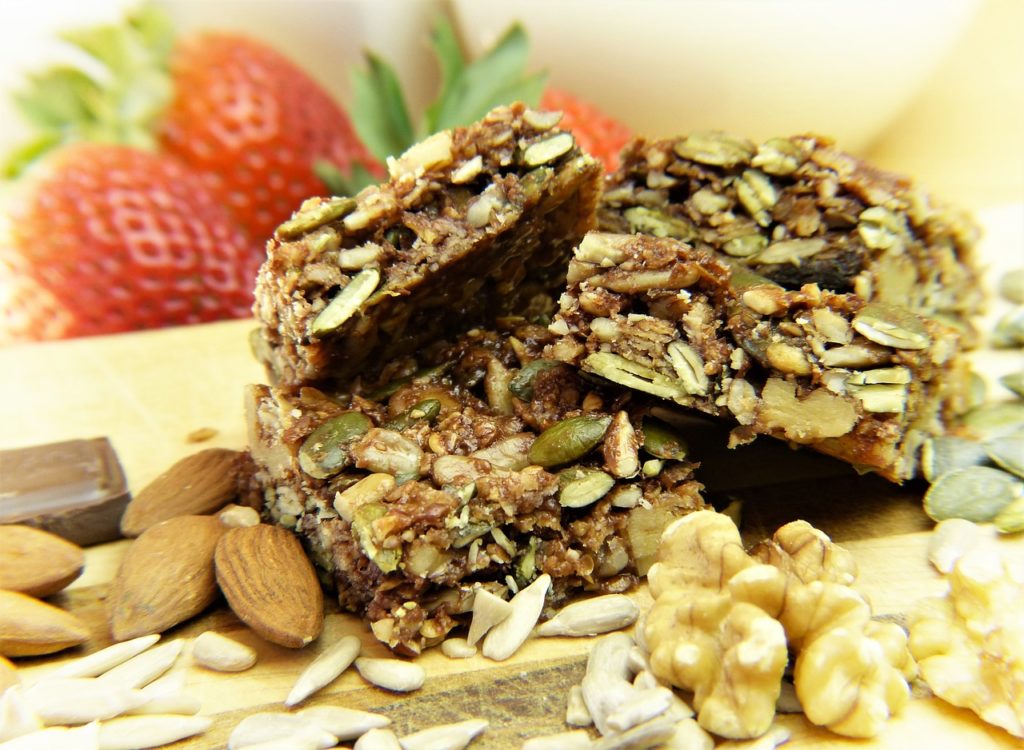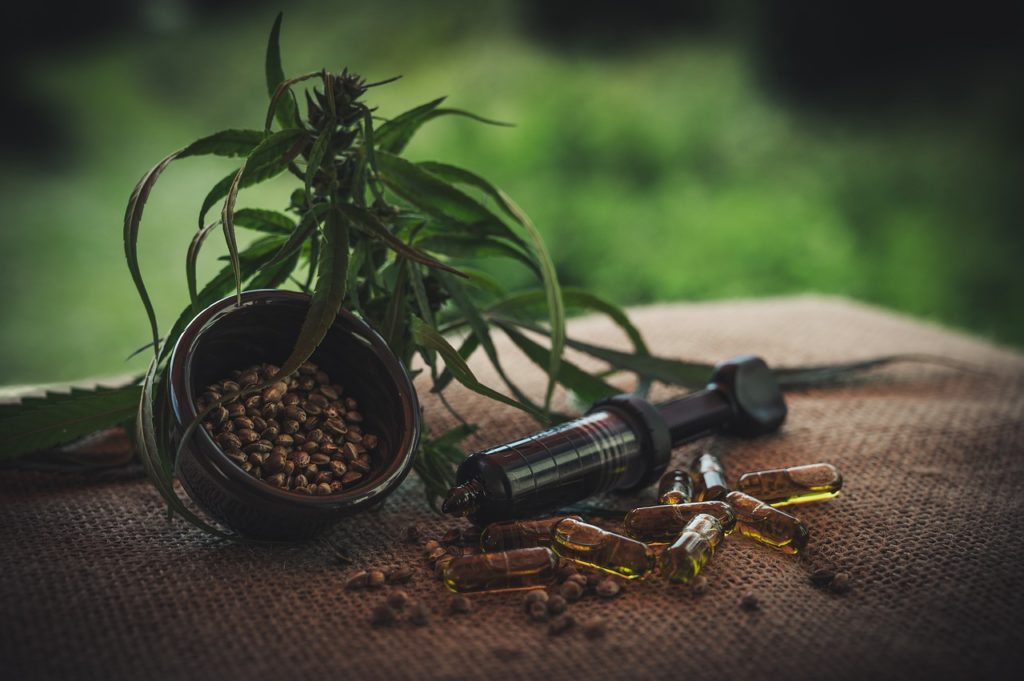Canadian scientists are closely working with cannabis flavonoids at the University of Guelph in Ontario. Flavonoids are found in cannabis. Hemp has long been grown not only for the sake of fiber but also as a crop that has nutritious seeds. Introducing hemp products into the diet naturally supports the functions of our body. The amount of hemp seeds you can consume has no limit.
Experts research the nutrition of cannabis flavonoids


Canadian scientists are closely working with cannabis flavonoids at the University of Guelph in Ontario.
In particular, they are researching the biosynthesis and properties of Canflavin A and Canflavin B of plant origin.
Understanding how cannabis flavonoids work
In their article, scientists explain that Canflavin A and Canflavin B are flavonoids found only in cannabis Sativa plants. Both components have an anti-inflammatory activity thirty times that of aspirin.
The research team applied various biochemical methods to determine which enzymes and genes affect the production of Canflavin A and B in cannabis.
“Our goal was to better understand how these molecules work,” explains one of the leading authors of the study, Tariq Akhtar.
“To fight acute and chronic pain, medicine needs drugs that do not contain opioids. These substances are not psychoactive and aim to be a source of inflammation, making them ideal for pain relief,” said Akhtar.
“Finding and exploring new treatment options for various types of pain is an important and necessary process. So we are happy that our work helps in the discovery of new and effective tools to save pain and improve the quality of life of many patients,” notes Stephen Rothenstein, co-author of the study.


Hemp as a therapeutic snack
Hemp has long been grown not only for the sake of fiber but also as a crop that provides nutritious seeds.
Today, cannabis seeds are unique for their content of unsaturated fatty acids. Hemp seeds do not contain substances that lead to altered consciousness.
Cannabis is in the flowers of plants, while hemp seeds are composed exclusively of nutrients.
Using cannabis flavonoids in the kitchen
In the past, people used hemp products for food. They roasted seeds and made a thick porridge. Later, they prepared hemp oil from the seeds.
People also used it to cook traditional dishes, such as traditional Jewish snacks. This includes fried “tzaddi” seeds to soup “semiantha”, which is a traditional dish in Poland, Lithuania, and Latvia.
Seed porridge was a daily dish of the village people in the Czech Republic. People still love seed oil in some regions in Russia.
Additionally, monks in Europe eat three dishes from hemp seeds on certain days. According to one story, Buddha ate one hemp seed a day during meditation under the tree of enlightenment.
Hemp has long been underestimated. Seeds used to be the food of the poor. However, the composition of hemp oil is unique in its beneficial effect on cell renewal and the immune system of the body.
Villagers who use hemp seeds daily in their food had high resistance to disease. As early as the 19th century, hemp seeds helped Australians survive two periods of hunger.
Understanding the hemp-cannabis seed
The hemp seed, which is five centimetres in size, consists of a fibrous husk and an oily core. It is famous for its unique composition, which fully represents unsaturated fatty acids.
The ratio of omega-3 alpha-linolenic acid to omega-6 linolenic acid is close to the ratio of acids in the human body and provides a normal metabolic function.
Hemp oil contains the rare omega-6 gamma-linolenic acid responsible for good skin condition. In addition to the valuable fats in the seeds, you can find unique proteins including edestin, albumin and other, well digestible fatty acids.
The cannabis seed contains carbohydrates. Mainly in the form of cellulose, a wide range of vitamins (A, B1, B2, B6, C, and E), minerals, water, ash residue, chlorophyll, lecithin, fitin, and cannabidiolic acid with powerful bactericidal action.


Hemp supports the body functions
A person does not produce unsaturated fatty acids on their own, so they should take them with food.
Introducing hemp products into the diet naturally supports the functions of our body. The amount of hemp seeds you can consume has no limit.
—
(Featured image by silviarita via Pixabay)
First published in Growerland a third-party contributor translated and adapted the article from the original. In case of discrepancy, the original will prevail.
Although we made reasonable efforts to provide accurate translations, some parts may be incorrect. Hemp.im assumes no responsibility for errors, omissions or ambiguities in the translations provided on this website. Any person or entity relying on translated content does so at their own risk. Hemp.im is not responsible for losses caused by such reliance on the accuracy or reliability of translated information. If you wish to report an error or inaccuracy in the translation, we encourage you to contact us.



Comments are closed for this post.